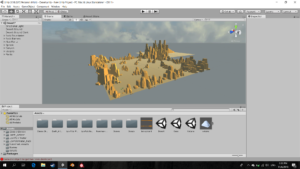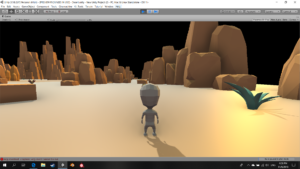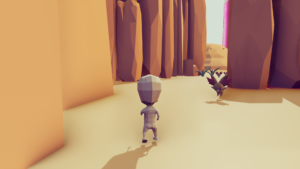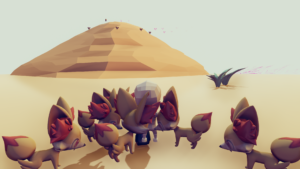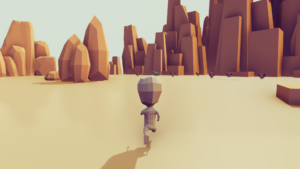For this assignment, I have created a 2D space in Unity that imitates outer space (pun intended). I have taken the project’s theme quite literally because I find the concept very appropriate for the prompt. The mysteriousness and majesty of the outer space has made it a popular theme for artificially created spaces and stories as it provides unlimited options for creative interpretations of what is the world like outside the exosphere. Plus, I was curious to translate an inherently infinite 3D environment into a concise 2D space.
The canvas of the gamespace is pretty simple. I have used an image of a collection of starts as my background and added sprites of different celestial objects to fill up the space with planets, asteroids, star dust and even aliens! The final version of the assignment is a navigable virtual space that provides an opportunity for exploration and leaves a room for the user’s own imagination to visualize the story behind the given gamespace. It is a second player experience in which the user controls an astronaut floating in outer space with arrow keys. The game does not give specific direction or suggestions, so it is up to the player to explore and choose where to go.
As one navigates through my gamespace, he/she finds out that the astronaut’s rocket has crashed into a planet, and that is way he is lost and floats in his costume unattached to the aircraft. I have added the rocket crash to the scene in order to give the gamespace a certain narrative and justification. This detail that implies a certain plot or a story to what is happening on the screen also contributes to the overall mood and the feelings that the space conveys. Since the astronaut floats aimlessly and purposefully, the user that controls him is able to visualize and reflect upon the feeling of being lost in an environment full of mysteries. For this reason my camera movement is set up in a way that one cannot see the whole canvas.

Several intentional design choices imply a certain behavior to the player. The cinemachine, as I have mentioned, is zoomed into the main character in order to force the user to move the sprite around to explore the space. The aesthetics of the game are intentionally artificial with cartoon-like illustrations of chosen objects because my goal was not to construct a realistic representation of the concept but to convey a certain feelings that is commonly associated with it. Needless to say, the game does not have a gravity component to it, the user’s keyboard determines the location of the astronaut as one must use arrow keys to move him. I have also tried to manipulate images to create “depth” to the game, figuratively speaking. For example, the area with a black hole sprite is intentionally darkened, so that when the user enters the outside areas, he/she would be curious to see why the background has changed. Same manipulation was used around the rocket crash along with a hand-drawn swirling line that suggests movement. Some sprites were blurred in Photoshop to give a sense of depth (literally speaking now) to a 2D environment.

Initially, I had ambitious plans for this project. I wanted to design my little universe with hand-drawn illustrations in a comic- or sketchbook-style of drawing. Although it would have given the created environment a consistent design and a cute aesthetic, it would have been very time consuming. Also, I have found the software to be very not beginner-friendly. I realize how many opportunities this game engine provides, yet, unfortunately, I have not had a chance to get comfortable with it. As a result, my project “Defying Gravity” is a very simple fictional environment that I hope you will enjoy.
-> Link

